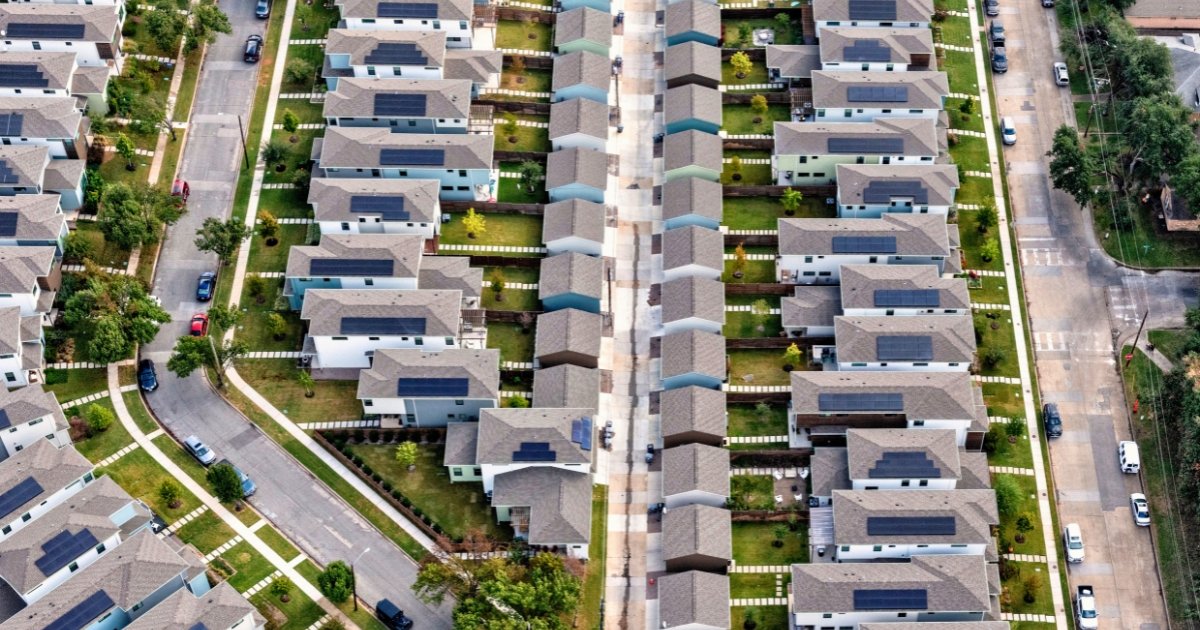
Rising energy costs can significantly impact the profitability of agricultural operations and rural small businesses. Fortunately, the Rural Energy for America Program (REAP), offered by the USDA Rural Development department, provides a compelling solution.
What is the Renewable Energy For America Program (REAP)?
REAP is a financial assistance program designed to empower rural businesses and agricultural producers to achieve greater energy security and cost savings. The program offers both grant funding and loan guarantees to support two key initiatives:
- Renewable Energy System Installation: REAP can help finance the installation of solar panels, wind turbines, geothermal systems, or other renewable energy technologies. This allows businesses and agricultural operations to harness the power of clean, sustainable resources to reduce their reliance on the traditional grid.
- Energy Efficiency Improvements: Upgrading building insulation, replacing outdated equipment with energy-efficient models, or conducting a comprehensive energy audit – REAP can provide financial assistance for these critical steps towards optimizing energy consumption.
REAP: Beyond Cost Savings, a Brighter Future for Rural Businesses
By facilitating the adoption of renewable energy and promoting energy efficiency practices, REAP offers a multi-faceted benefit. Businesses and farms can experience significant cost reductions on their monthly energy bills, all while contributing to a more sustainable future through reduced reliance on fossil fuels.
The advantages of REAP extend far beyond simply lowering energy costs. In our next blog post, we will explore the specific benefits of REAP for agricultural producers and rural small businesses.
We’ll delve into how REAP can empower these entities to achieve greater energy independence, minimize their environmental impact, and potentially even generate new revenue streams. Stay tuned – the future of rural energy is brimming with possibilities.





